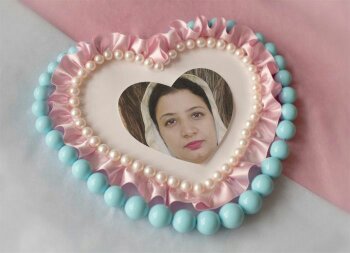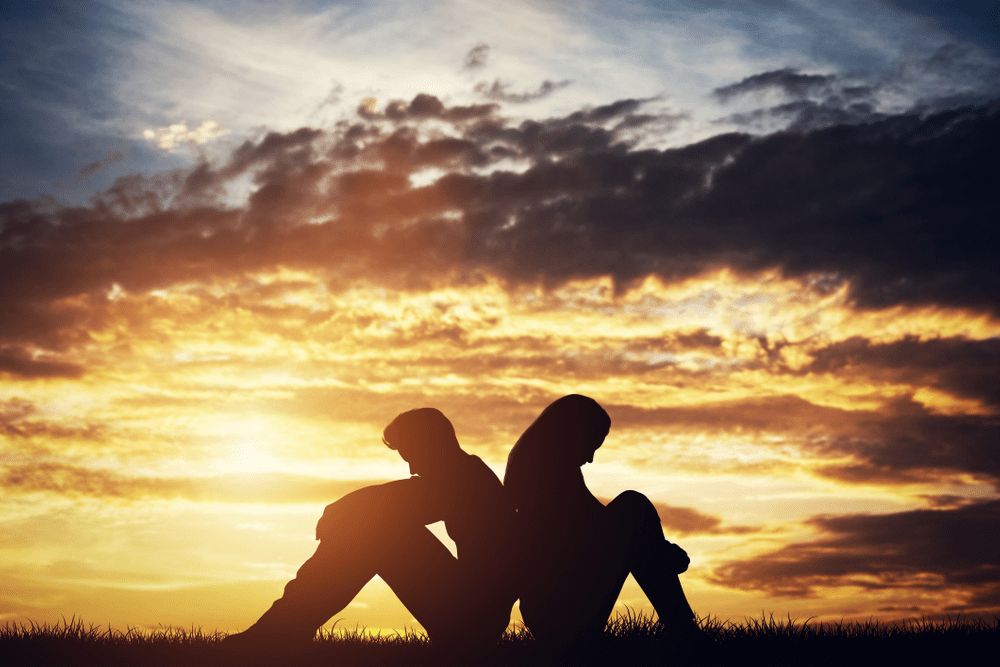
- 24-09-2023
Vaastu Of New Parliament
New Parliament and Vaastu Parliament is Vaastu Friendly Vaastu of New Parliament Sansad Bhawan ka Vaastu
In today's time, Vaastu-friendly buildings and houses are constructed because it is a science that keeps your life free from all stress and troubles. People who live in Vaastu-friendly houses feel mental peace. Directions have special importance in Vastu, according to Vastu, south-west-facing houses and offices are not considered better as per Vastu because the south-west direction is called the direction of Rahu. If the entrance of any building, factory, or house is in the southwest direction, then it will never be better for that person. If the main entrance of a building or house is towards the north and east, then it is considered lucky. In Vastu, this direction is considered the most auspicious direction. The puja room in the house should be in the north-east direction. The north direction is good for intelligence. There should be a lot of windows on the east or north side of the house.
Vastu has an important role in our lives since ancient times. Our new Parliament building is built in a triangular shape, which according to “Vastu” is considered beneficial for the flow of positive energy and favorable in decision making. In this, meaningful dialogue will be seen between the ruling and opposition parties. The previous Parliament House, despite being very good from the architectural point of view, had witnessed hundreds of heated debates because it was not built as per Vastu.
The new Parliament building has huge windows which can be called Vaastu-friendly. The 64,500 square meter building combines modern and cultural features, all equipped with the latest technology.
The Parliament House is built in a circular shape, which is considered beneficial for the flow of positive energy and favorable for decision-making.
The central chamber of the Parliament House is octagonal, which is considered auspicious in Vastu.
The main entrance of the Parliament House is towards the east, which is considered an auspicious direction in Vastu and is considered to bring good luck and prosperity.
There is a central courtyard in the Parliament House, which is considered beneficial for the circulation of positive energy and the flow of air.
The interiors of the Parliament House have been designed to be spacious and airy, which is believed to promote positive energy and a sense of peace.
Six main gates in the new Parliament-
The new Parliament House has six gates – Gaj Dwar, Ashwa Dwar, Garuda Dwar, Makar Dwar, Shardula Dwar and Hamsa Dwar. All of them are named after real and mythological creatures, and all six entrances have red sandstone statues of auspicious creatures.
1. Gaj Gate – A Gaj i.e. elephant statue has been installed to protect the entrance on the northern side of the building, it represents wealth, intelligence and power, along with this, this gate is a symbol of aspirations.
2. Hamsa Gate- Hamsa i.e. swan which is the ride of Goddess Saraswati, the swan at the entrance is a symbol of self-realization and knowledge, Saraswati is the goddess of knowledge, it is named after the swan. Due to this knowledge will be paramount at the entrance to Parliament. The flight of the hamsa also symbolizes moksha or the liberation of the soul from the cycle of birth and death.
3. Shardula Gate - Shardula is a creature, that has the body of a lion but the head of a horse, elephant, or parrot, it is considered to be the most powerful and the leader among living creatures. It has been said in the government note that Shardula is at the gate of the new Parliament House. Its presence is a symbol of the strength of the people of the country.
4. Garuda Gate – A gate named after Garuda, the king of birds. Garuda is considered to be the vehicle of Lord Vishnu. Its connection is considered to be a symbol of Garuda's power and dharma (duty). The Garuda Gate is the eastern entrance to the new Parliament House. This symbolizes that the Parliament is the power of the people and those who are inside will follow their religion.
5. Makara Gate- Makara Dwara Named after the sea creature, a common motif for gateways, Makara sculptures are seen in Hindu and Buddhist monuments spanning the south and southeast. The symbol of Capricorn represents the unity in diversity of India. Idols of Makara are seen at the gates as protectors. These creatures are associated with protectors.
6. Ashva Dwar- Ashva is a Sanskrit word for horse, there is mention of it in Rigveda also, in Indian culture horse is considered a symbol of strength, power and courage, power, strength and courage are the qualities which are mentioned in the Parliament of India Aad is connected to its strong democratic roots.
Stepping into the new Parliament building, one sees symbols of the blend of culture and technology. It shows that modern progress can be effectively combined with historical culture. The building has been installed with advanced security systems, including facial recognition software, CCTV cameras and screening procedures for visitors. Along with biometrics, retina scanning will also be done at the entry gate, which is a world-class security system.
-
It is believed that if a building is not constructed or built on the terms of Vaastu, then the thinking, action, and nature of the people inhabiting or working in these buildings are not harmonious and progressive. On the other hand, if the building follows the principles of Vaastu then all Divine Powers help and support people’s positive thinking and progressive actions.
At Raghauv Astrology, our Vaastu Experts shall do a complete detailing of your Living as well as Business space so that you can lead a prosperous & harmonious life.
- We shall visit the land for new construction and define the designated places as per Vaastu. Charges for the same shall be explained during the visit.
- We shall Analyse your house for any Vaastu-Dosha and provide the remedies to overcome the impact.
- We shall relate any life issue being faced by you that could be related to Vaastu-Dosha at your house & provide appropriate solutions for the same.
- Facing any regular issues in your business that can be neutralized with the help of Vaastu.
- Facing any issue related to studies of your child can be cured effectively with the help of Vaastu.
- If you want to Learn Vaastu for yourself or to make Vaastu professional, then contact us.
-
For further details and to avail of any of our services, Please Contact:
Acharya Mohini Bhardwaj
+917701950631
Raaghavayaastrology.55@gmail.com
Prime Services
Annual Report | Ask Your Question | Birthday Report | Take Appointment |Astrology Services
Child Reading | Education Reading | Health Reading | Life Reading | Life Reading On Transit | Married Life | Match Making |Other Services
Numerology | Palmistry | Pooja | Vaastu |Talk to our expert
Acharya Mohini Bhardwaj
+91-770-1950-631






















